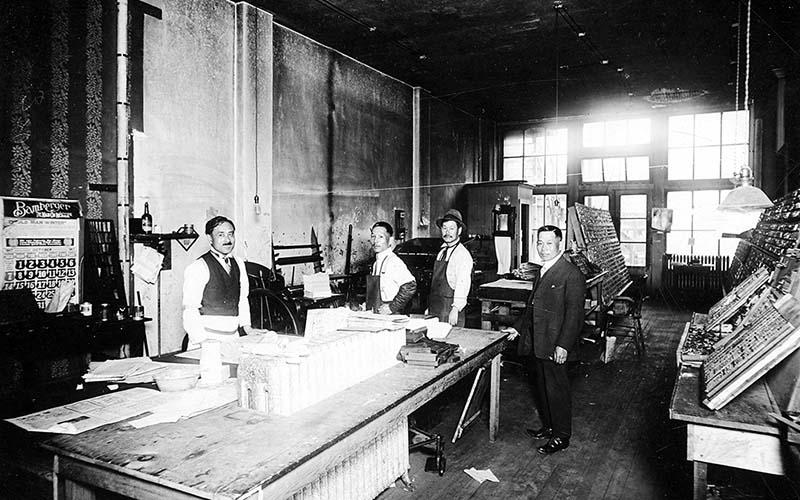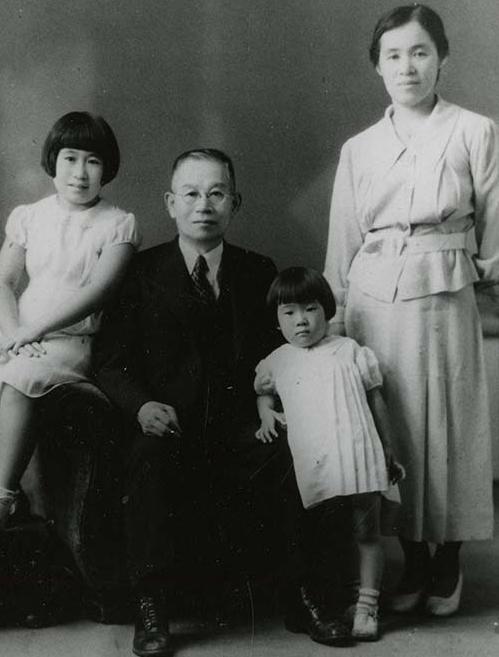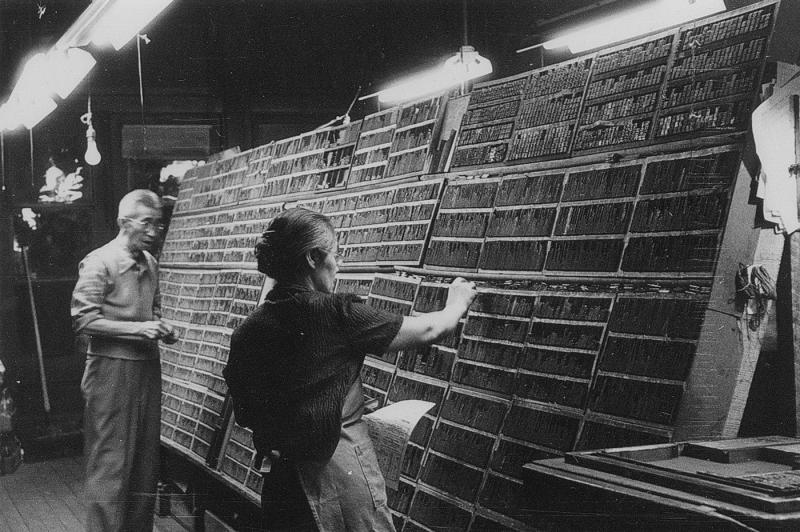Utah Nippo
The Utah Nippo newspaper unlocks a unique chapter of American history. Spanning from 1914 to 1991, it tells the stories of the great west as population and industry grew in the fading wake of Manifest Destiny. As one of only three Japanese language papers that the United States government allowed to continue publishing during World War II, it holds particular historical significance in documenting a Japanese American viewpoint of the conflict.
The Utah Nippo was founded by Issei Uneo Terasawa, a first-generation Japanese American who migrated to the United States from Nagano Prefecture in 1905. Terasawa worked as a writer for the San Francisco paper Shin Sekai before coming to Utah. Shin Sekai paper was a Japanese language daily with a Buddhist orientation, and Terasawa incorporated that Buddhist orientation into the Utah Nippo for Japanese Americans in Utah and the region. In 1921, Terasawa returned to Nagano Prefecture to mary Kuniko Muramatsu; the couple had two daughters, Kazuko and Haruko.
When Uneo Terasawa died suddenly on April 24, 1939, Kuniko Muramatsu Terasawa assumed leadership of the newspaper. She added a one-page English language section to the newspaper in 1939, and steered the newspaper through the tumultuous years of World War II, navigating government censorship as she and her editors sought to preserve a platform for Japanese American voices. Kuniko Terasawa published the Utah Nippo until her death in 1991, at which time the Terasawa family decided to cease publication of the newspaper.
The countless stories contained in the Utah Nippo are reborn for scholars and enthusiasts with 46,550 prints having been digitized and made available online as part of the J. Willard Marriott Library’s Utah Digital Newspapers project.



